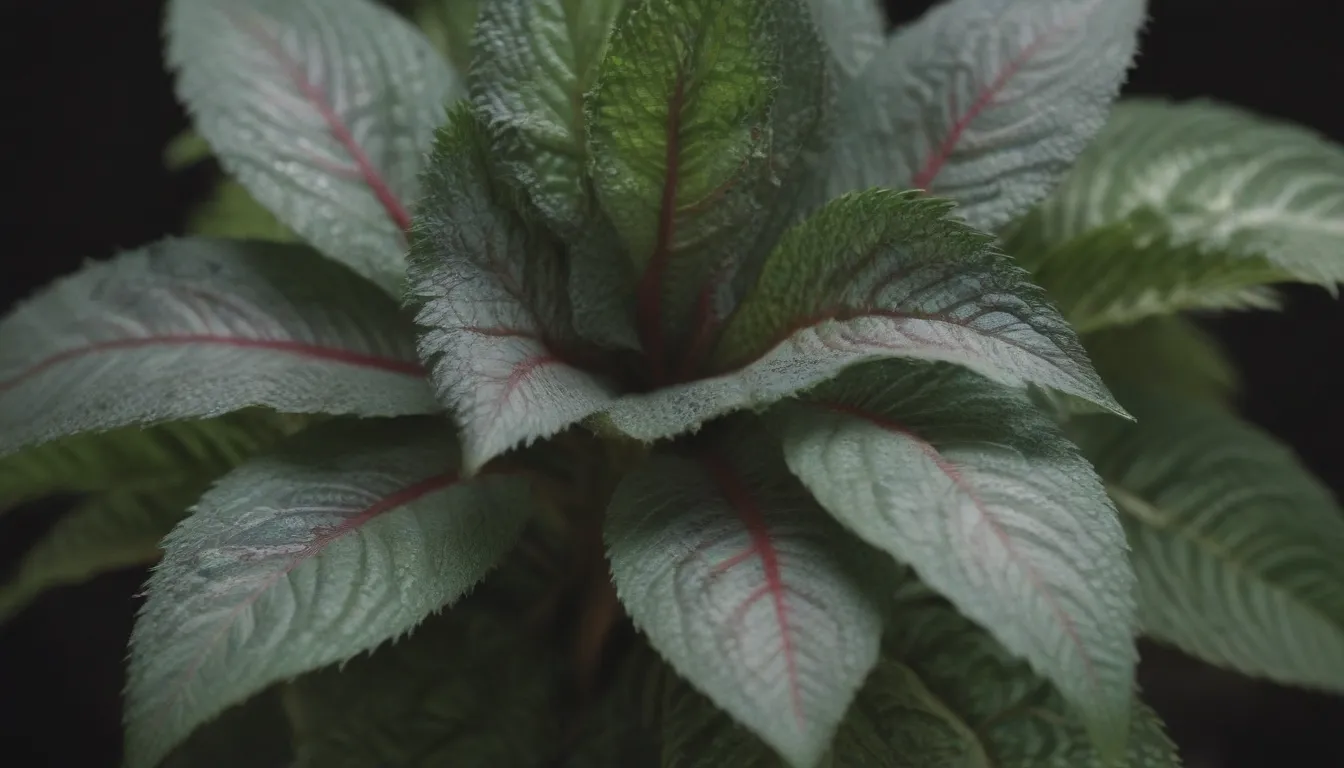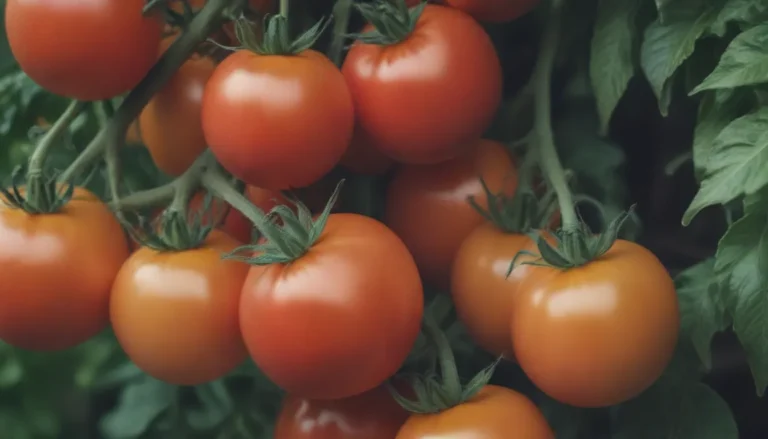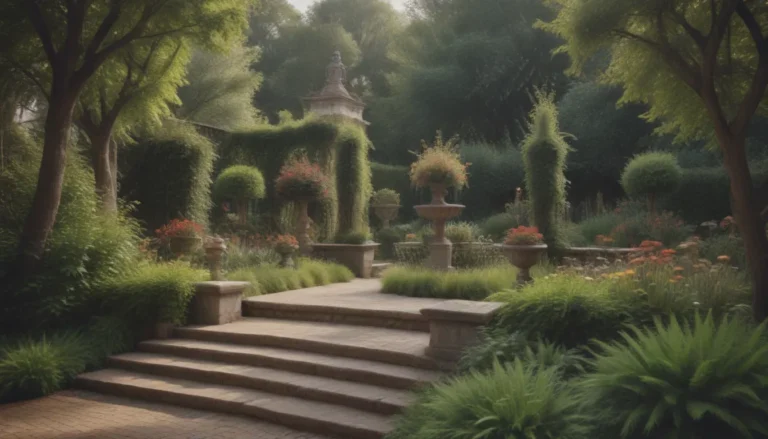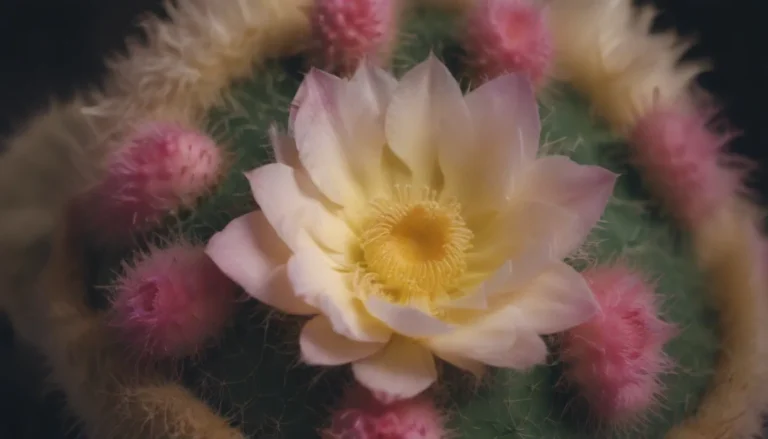The Ultimate Guide to Growing and Caring for Nerve Plant (Fittonia)

Are you looking to add a touch of vibrant greenery to your indoor space? Look no further than the nerve plant, also known as Fittonia. This spreading evergreen perennial is a popular choice for potted houseplants, with its delicately veined deep-green leaves adding a splash of color to any room. In this comprehensive guide, we will discuss everything you need to know about growing and caring for nerve plants, from light and soil requirements to common pests and problems.
Nerve Plant Overview
– Fittonia is a spreading evergreen perennial with ovate leaves.
– It typically grows to a height of 3 to 6 inches with a trailing spread of 12 to 18 inches.
– Varieties of nerve plants come with veins in red, pink, white, and green.
– While the plant rarely flowers indoors, it may occasionally bloom with reddish or yellowish-white spikes.
Nerve Plant Care Tips
Growing a nerve plant can be a bit tricky, as this plant is somewhat temperamental and requires specific conditions to thrive. Here are some essential care tips to keep your Fittonia healthy and happy:
Light
– Nerve plants prefer bright, indirect sunlight, such as that found in north-facing windows.
– Avoid placing the plant in direct sunlight, as this can cause leaf burn.
– Fluorescent lights or diffused light from a sheer curtain are also suitable for nerve plants.
Soil
– Use standard potting soil with a peat moss base for your nerve plant.
– Maintain a slightly acidic soil pH around 6.5.
– The soil should retain moisture but also drain well to prevent waterlogging.
Water
– Keep the plant consistently moist, as nerve plants are prone to collapse if allowed to dry out.
– Avoid overwatering, as this can cause yellowed, limp leaves.
– Water thoroughly when needed, but do not let the plant sit in stagnant water.
Temperature and Humidity
– Nerve plants thrive in temperatures around 70°F but can tolerate a range from the low 60s to low 80s F.
– Maintain high humidity levels, similar to those found in tropical rainforests.
– Regular misting or using a room humidifier can help prevent the plant from drying out.
Fertilizer
– During the growing season, feed nerve plants weekly with a weak dose of liquid fertilizer formulated for tropical plants.
– A balanced 5-5-5 fertilizer diluted to half strength is suitable for Fittonia.
Types of Nerve Plant
– ‘Argyroneura’
– ‘Pearcei’
– ‘Frankie’
– ‘Fortissimo’
– ‘Red Star’
Pruning
– If the stems of your nerve plant become leggy, pinch off the tips to promote full and bushy growth.
– Remove insignificant flowers to maintain foliage density.
Propagating Nerve Plant
– Nerve plants can be easily propagated from stem-tip cuttings taken in late spring or early summer.
– Avoid planting seeds, as stem-tip cuttings are more effective for propagation.
Potting and Repotting
– Use a standard houseplant pot with bottom drainage holes and fresh potting soil for repotting.
– Repot annually in spring or early summer to prevent soil compaction and waterlogging.
Common Pests and Problems
– Insect pests such as fungus gnats, mealybugs, or aphids can affect nerve plants.
– Treat infestations immediately with insecticidal oil and isolate affected plants to prevent spreading.
– Common problems like yellowing leaves, leaf drop, and dry, shriveled leaves can be remedied by adjusting environmental conditions.
Additional Resources
– For more information on growing and caring for nerve plants, refer to the Fittonia Production Guide by the Mid-Florida Research and Information Center, University of Florida.
– Explore tips on houseplant care in How Not to Kill Your Houseplant: Survival Tips for the Horticulturally Challenged by Penguin Random House.
In conclusion, while nerve plants may be somewhat temperamental to grow, the effort is well worth it for their vibrant colors and unique foliage. By following the care tips outlined in this guide, you can ensure that your Fittonia thrives and adds a touch of tropical beauty to your indoor space. Happy gardening!





